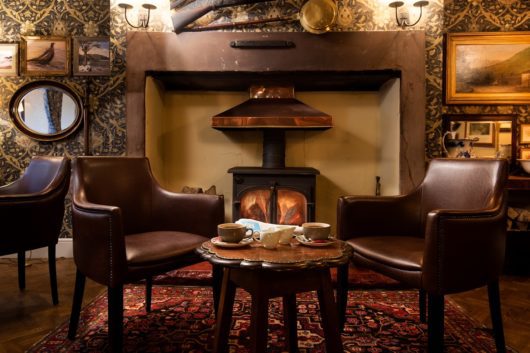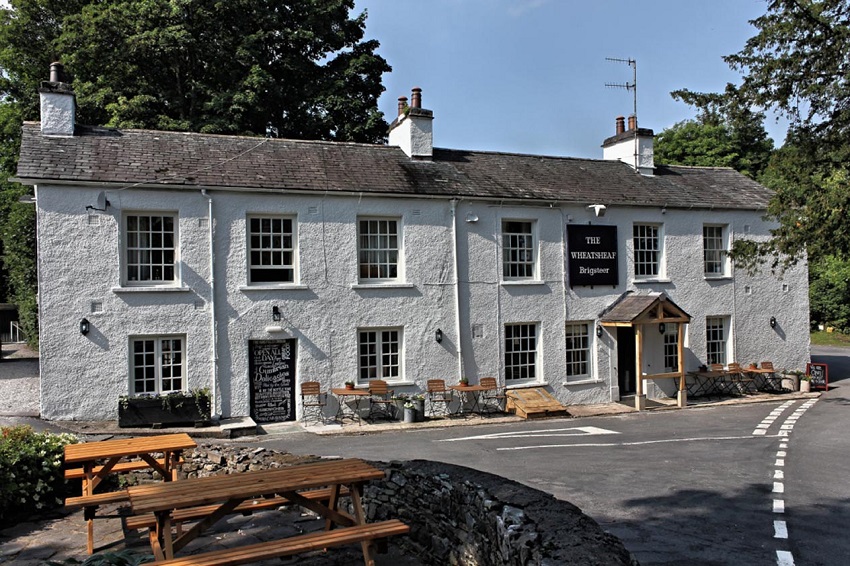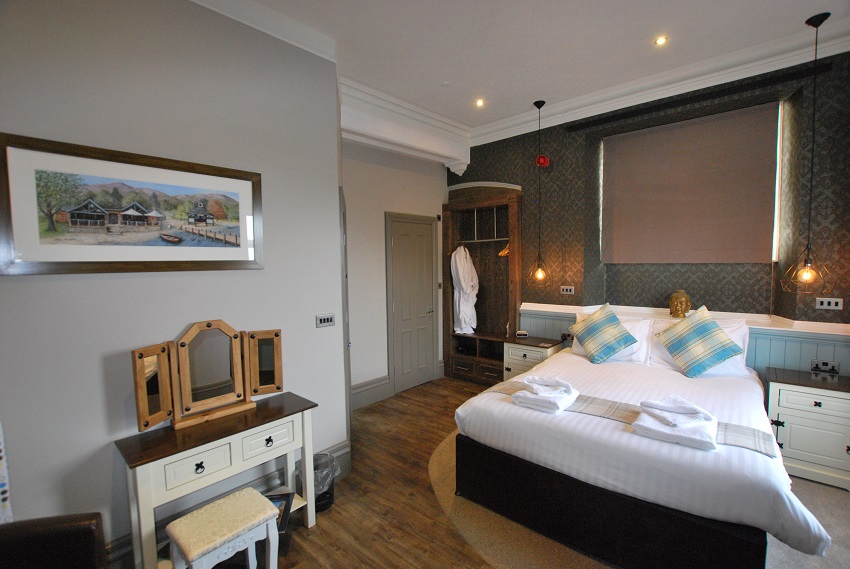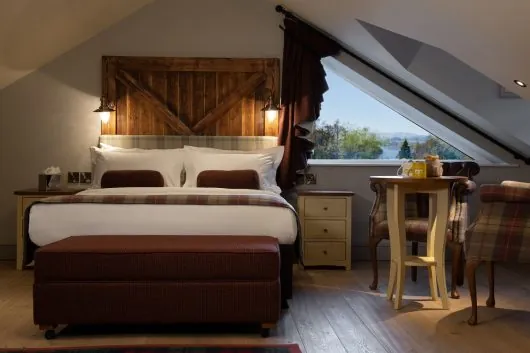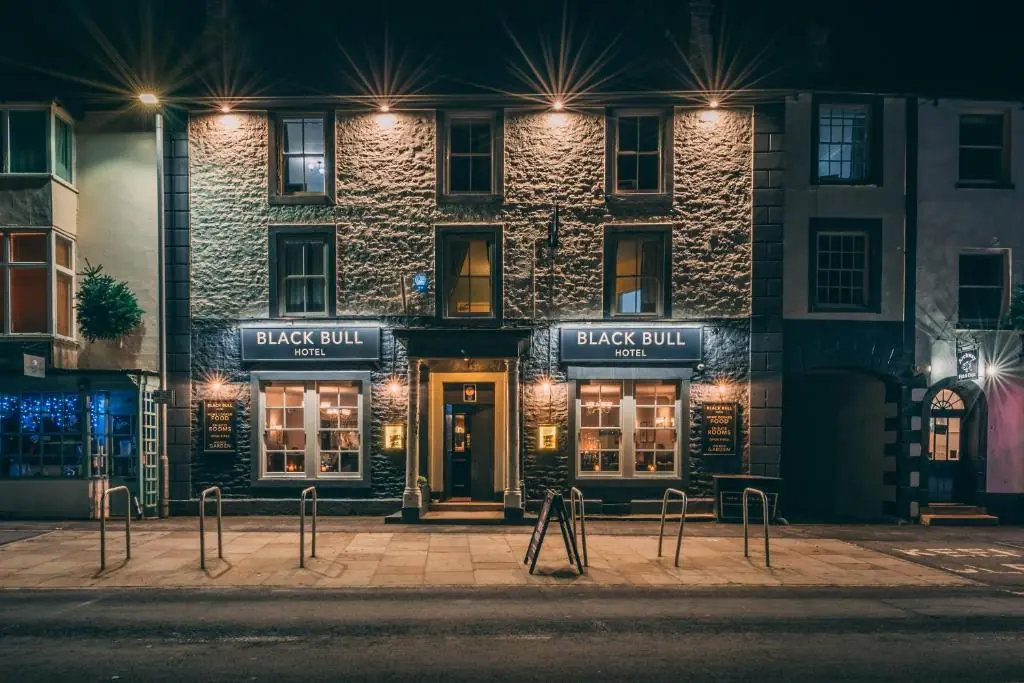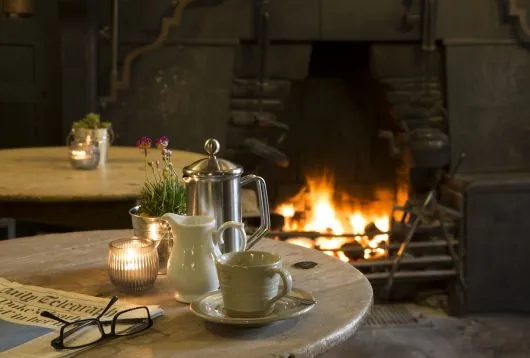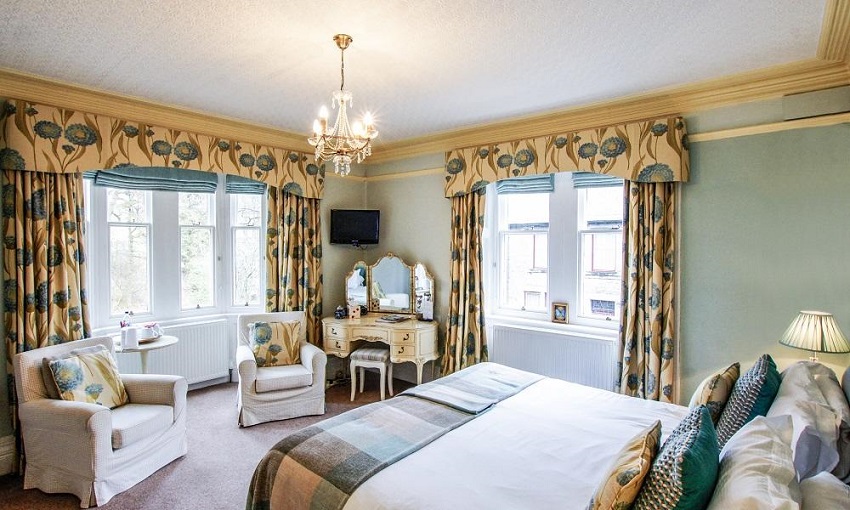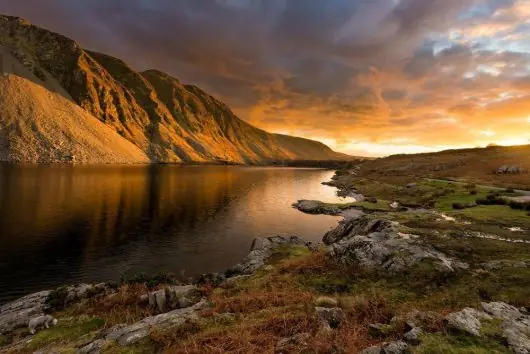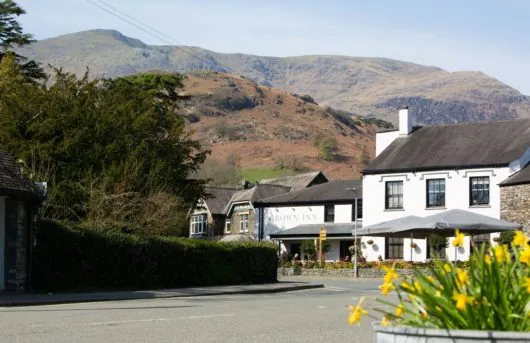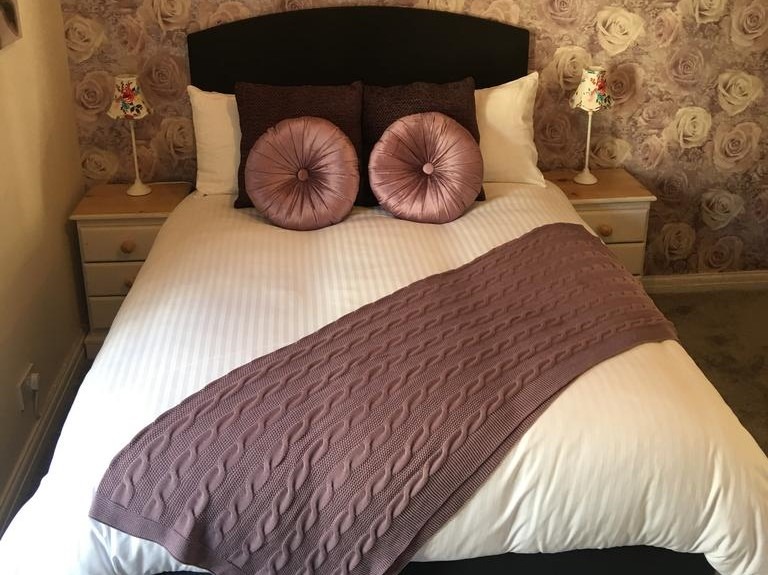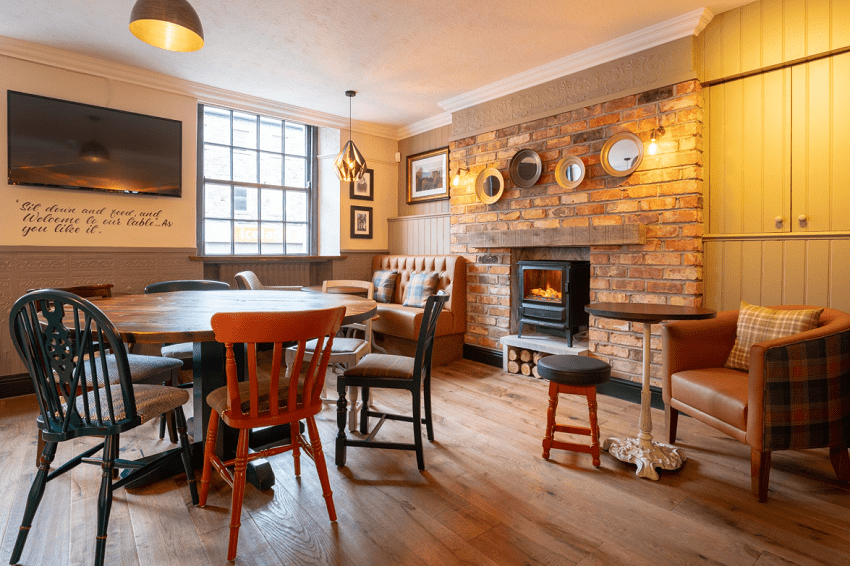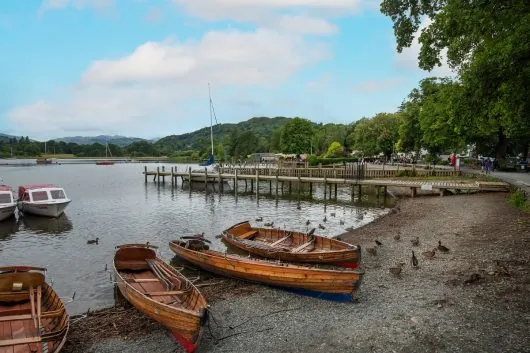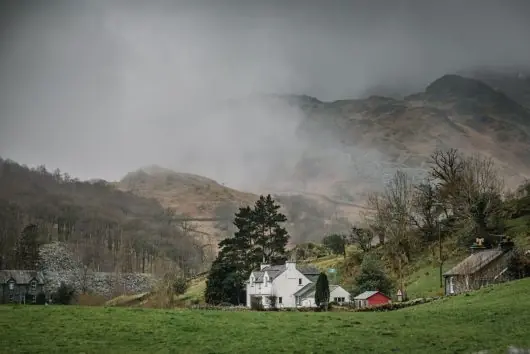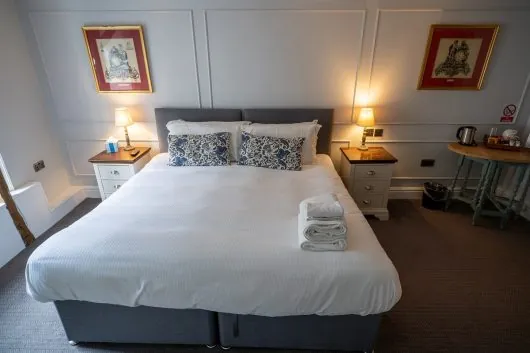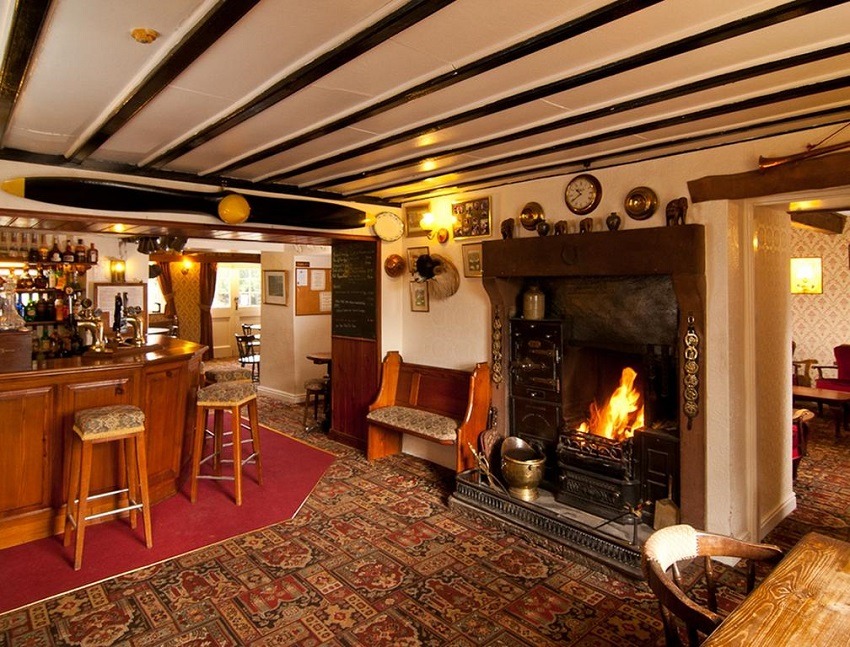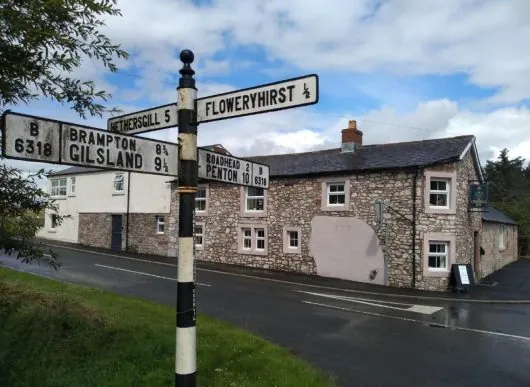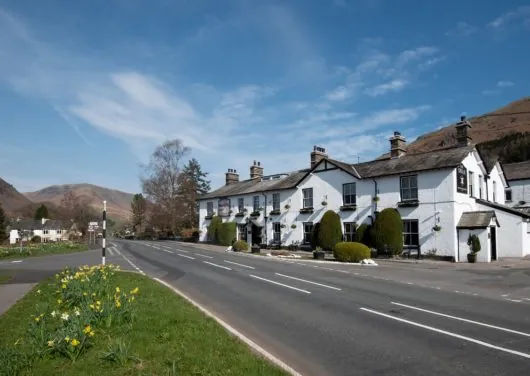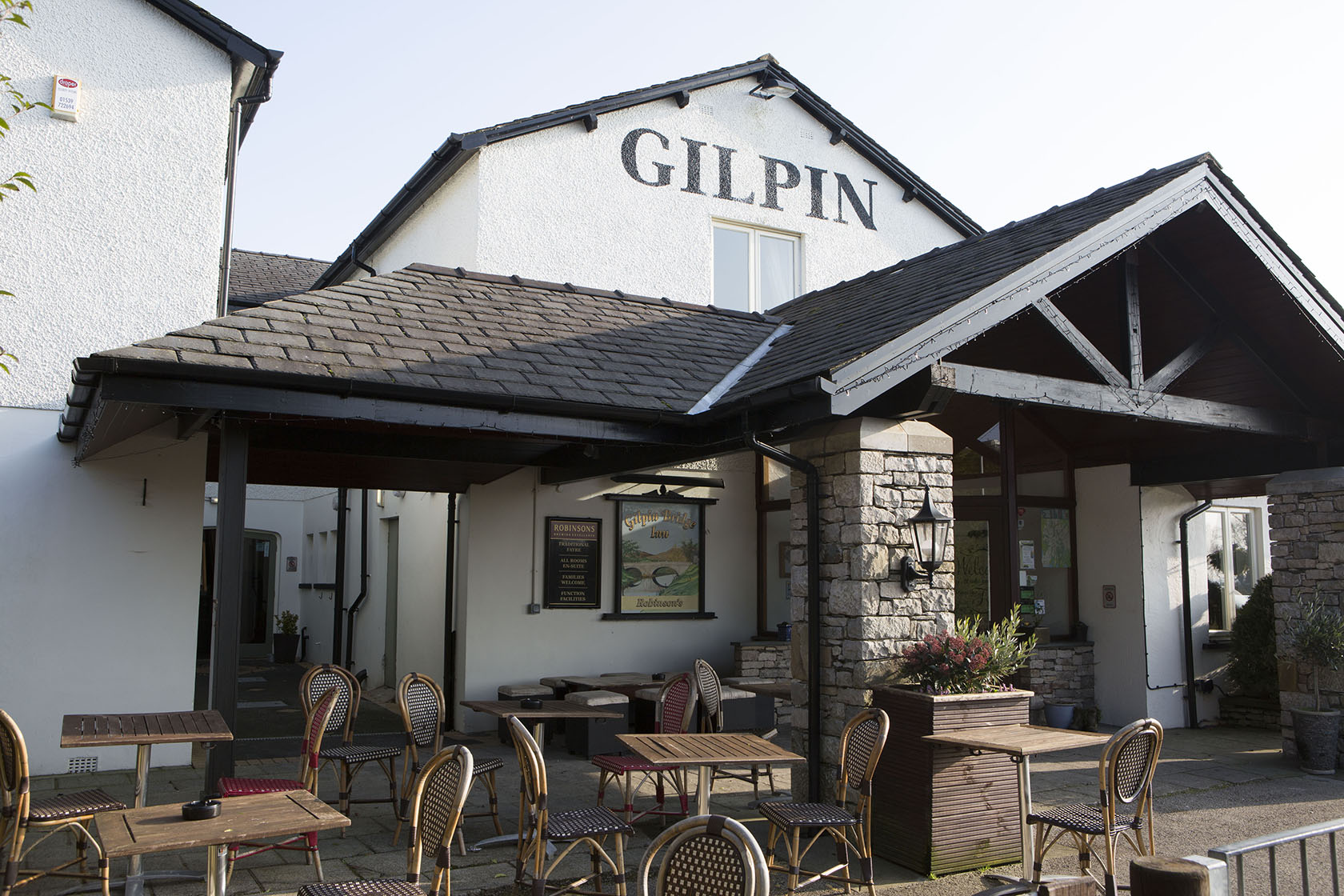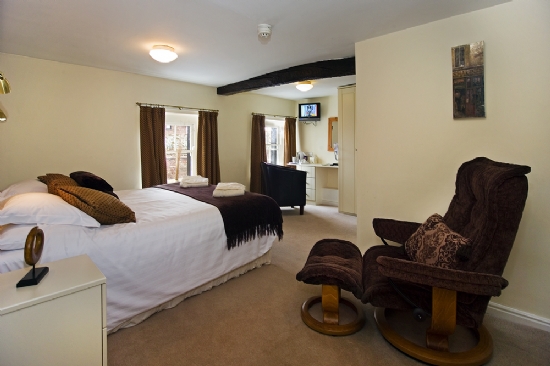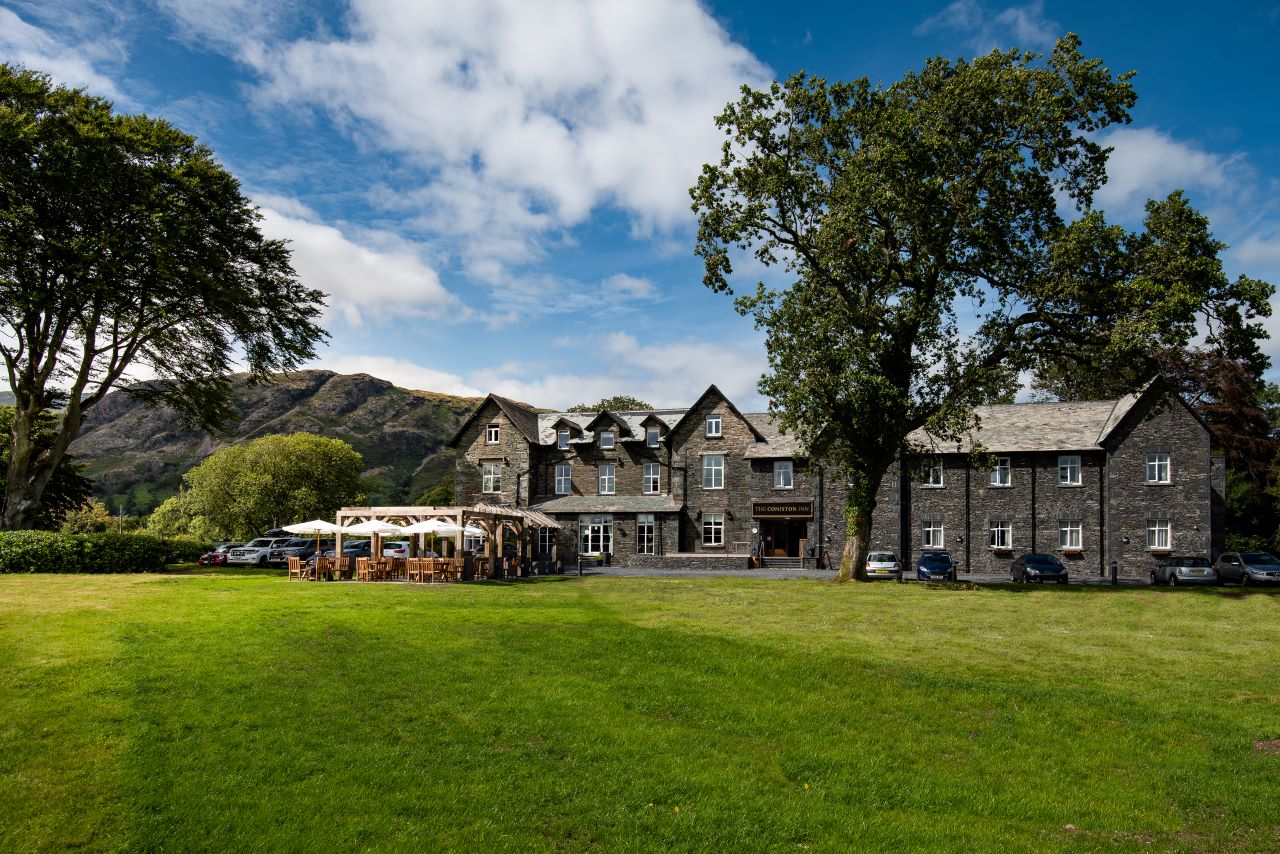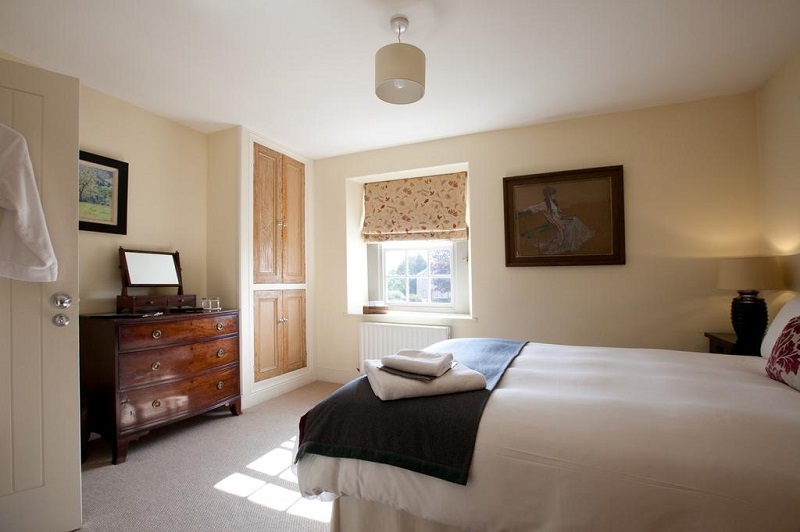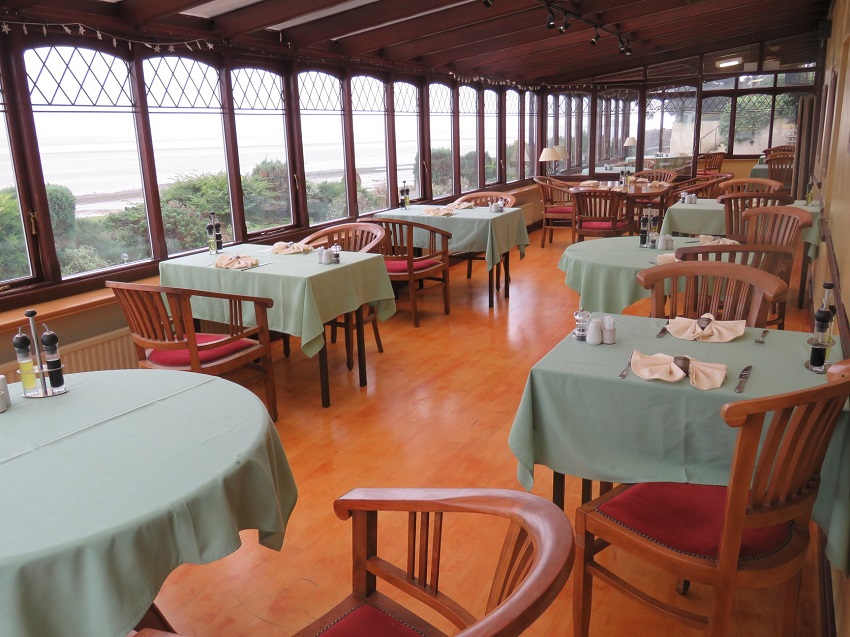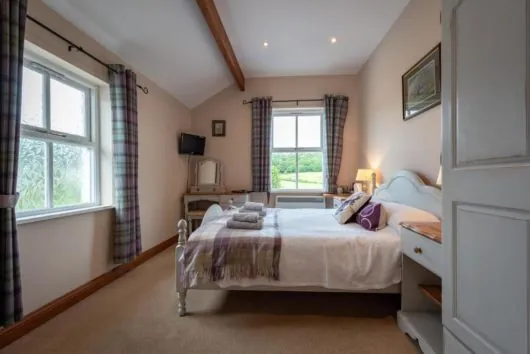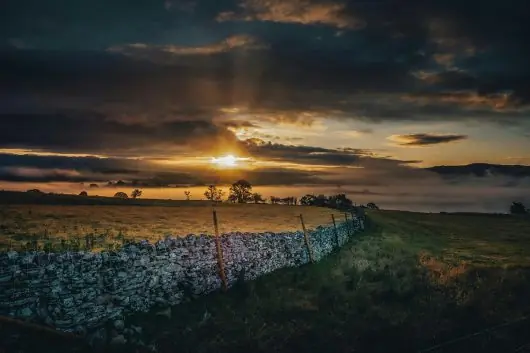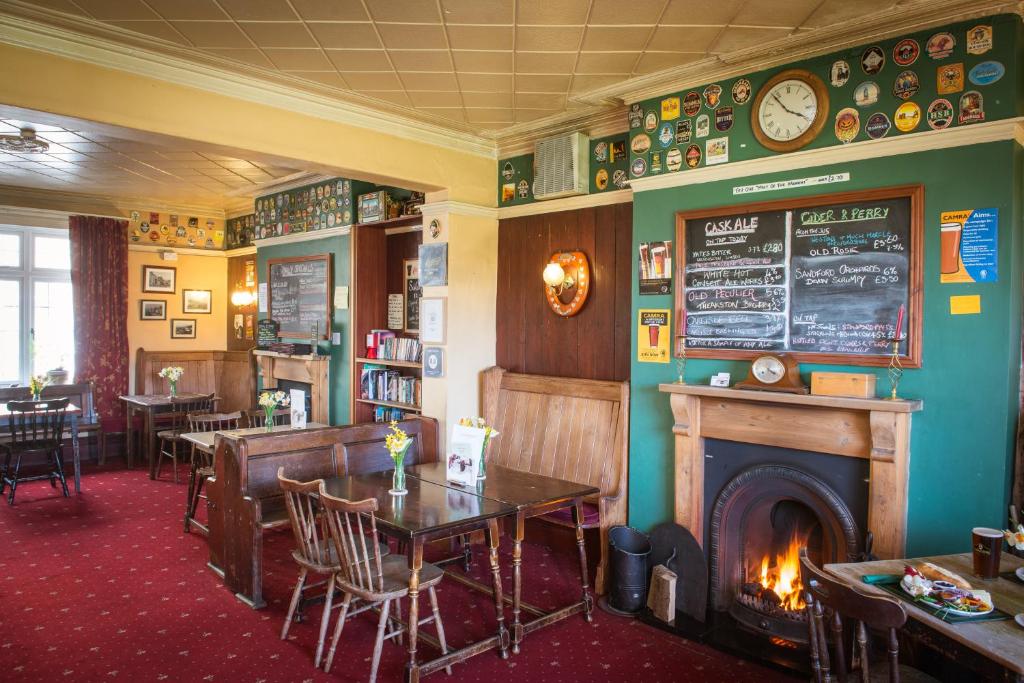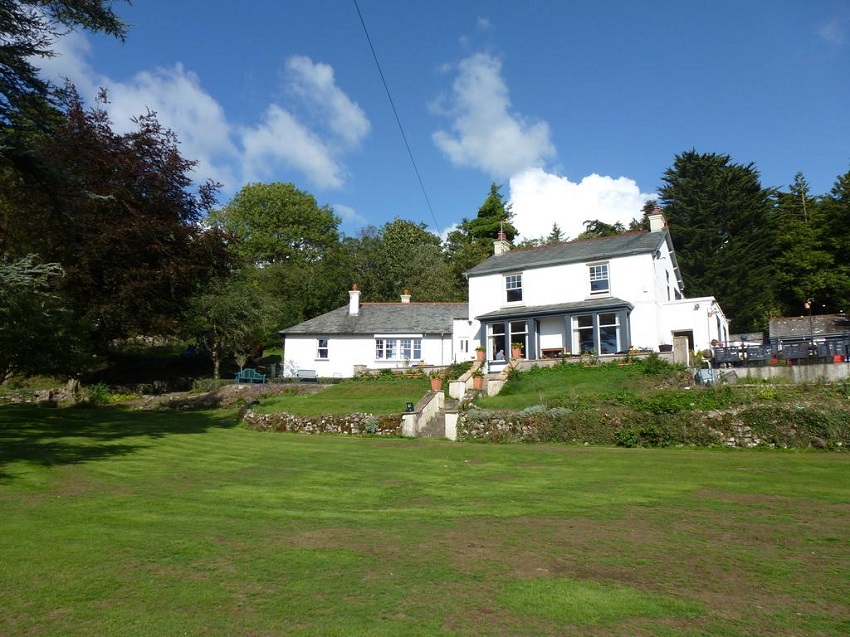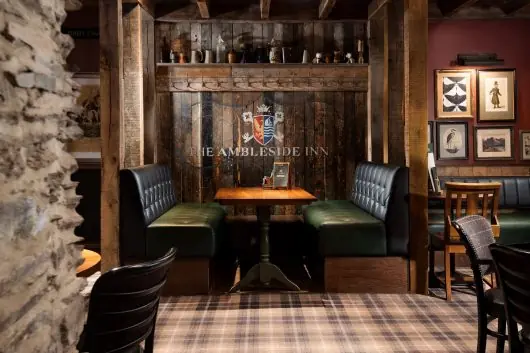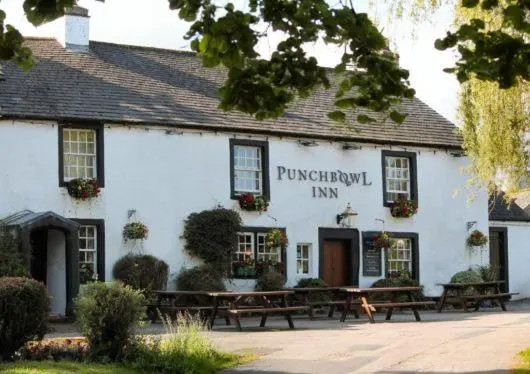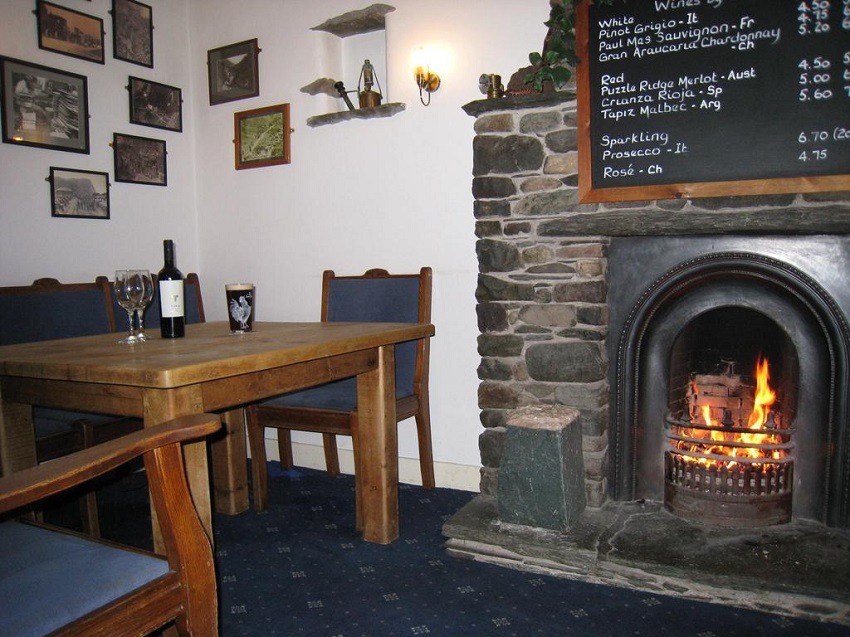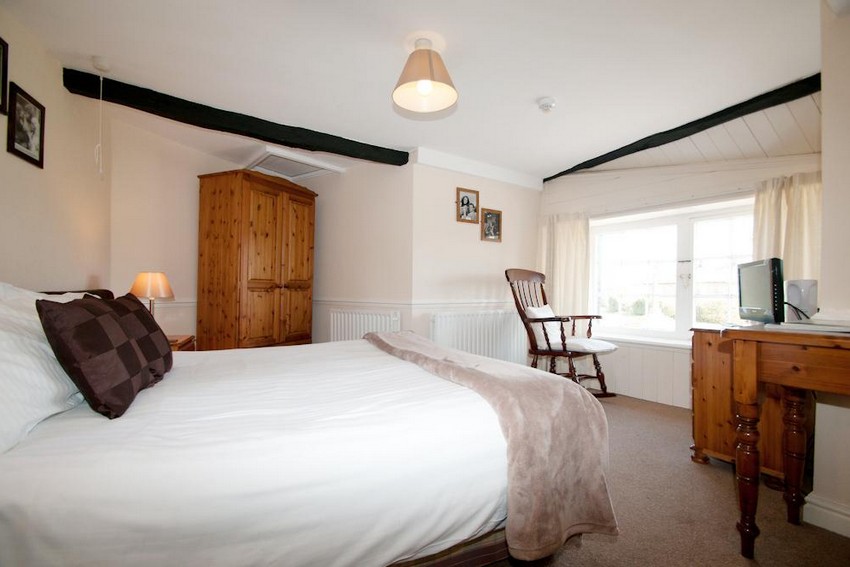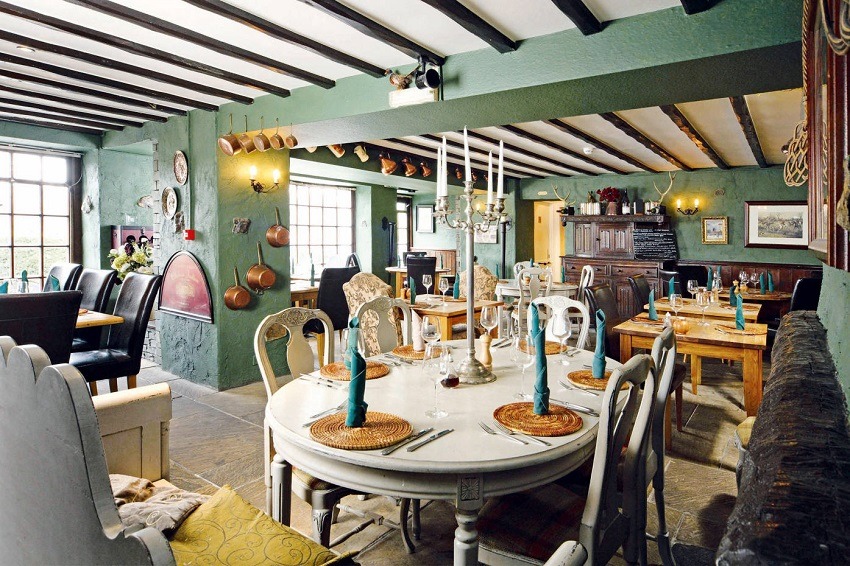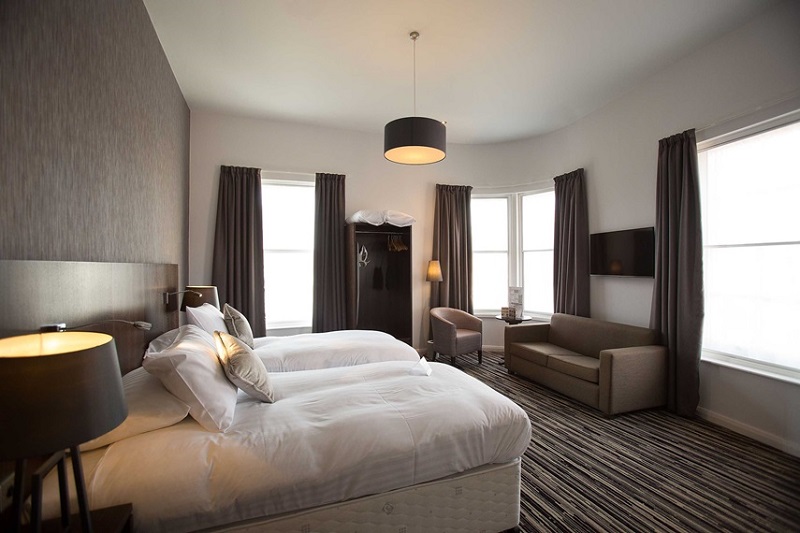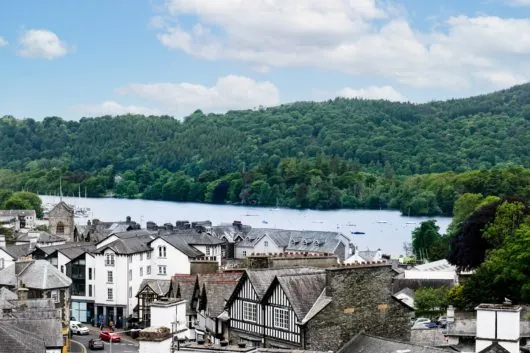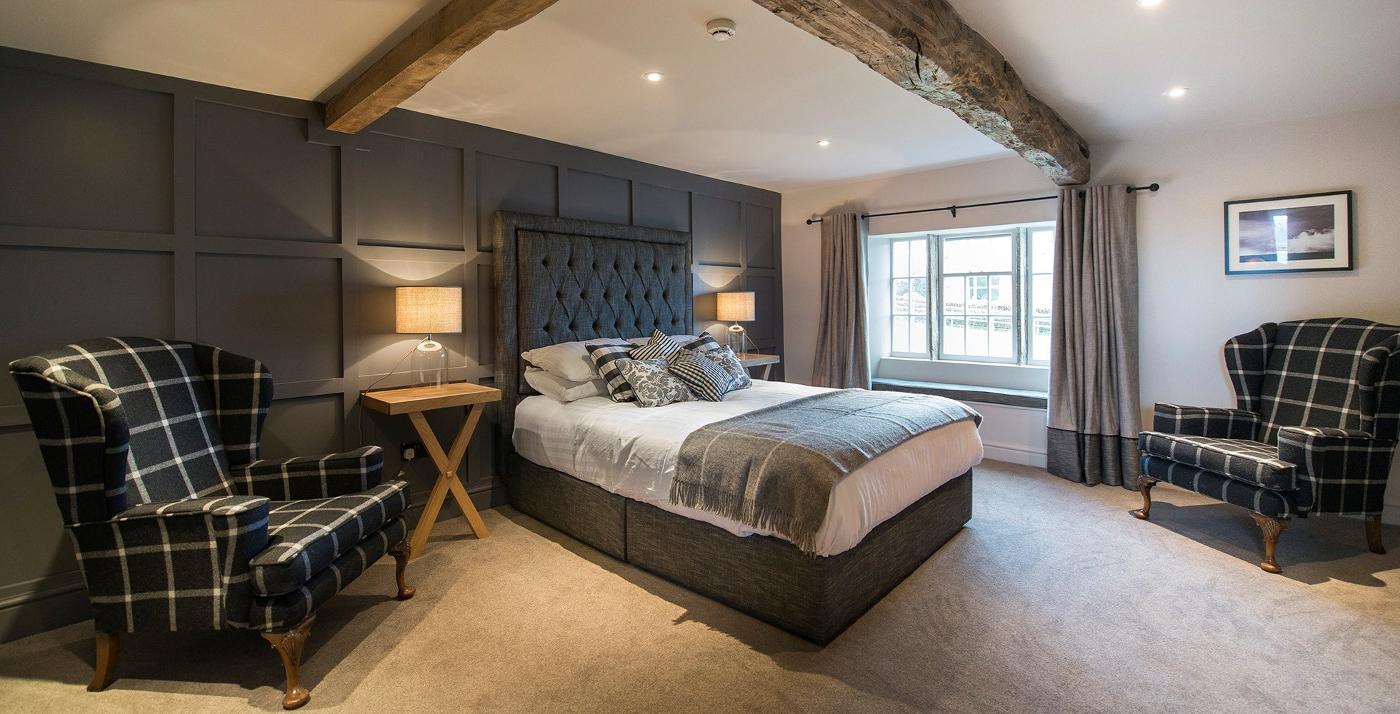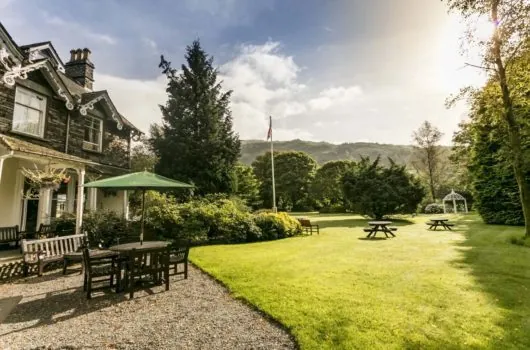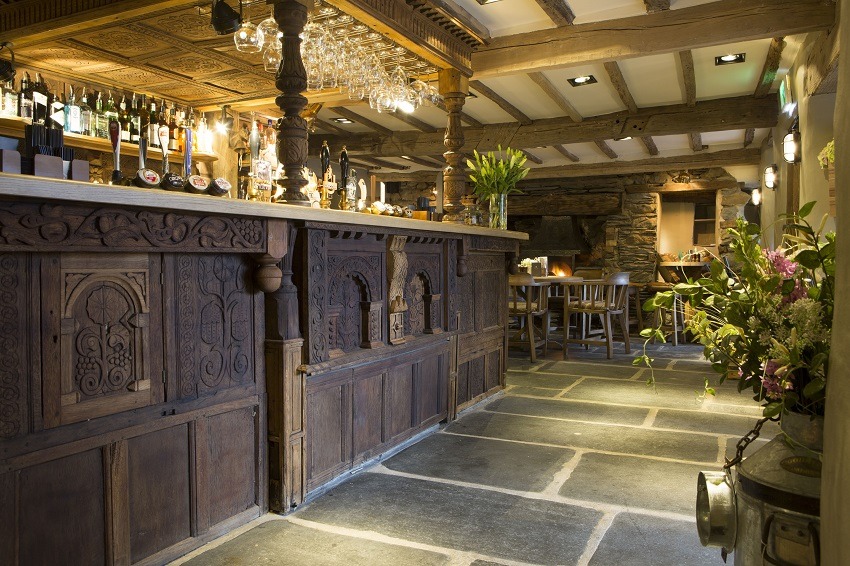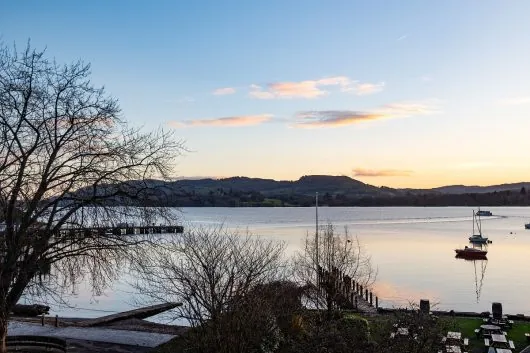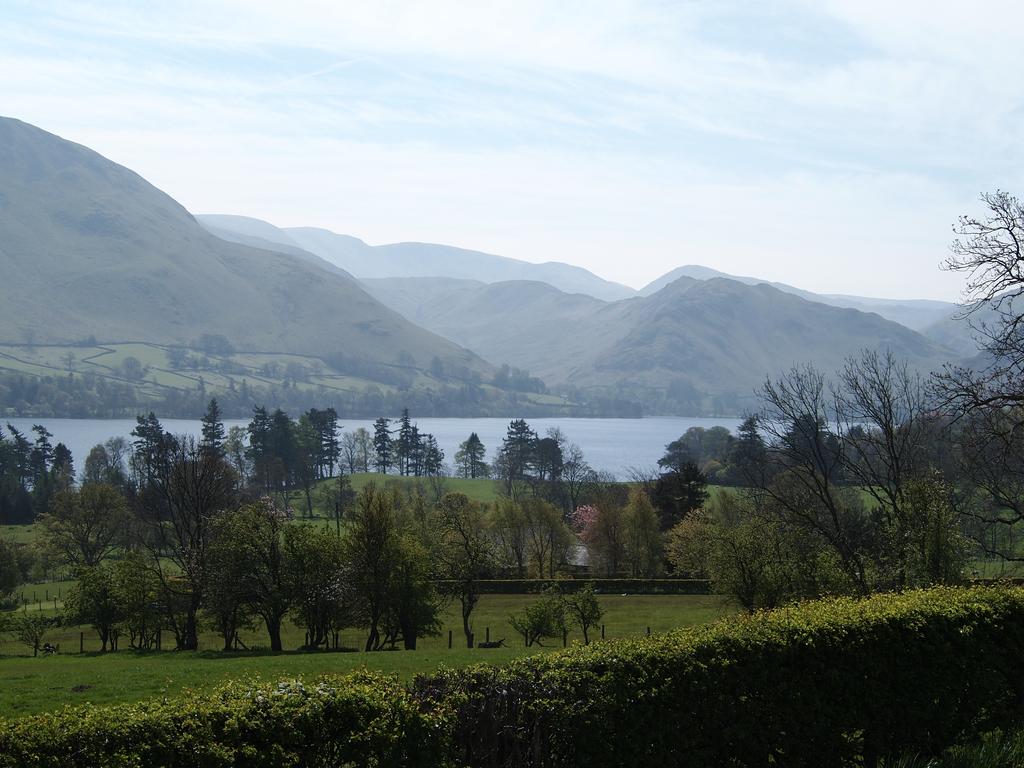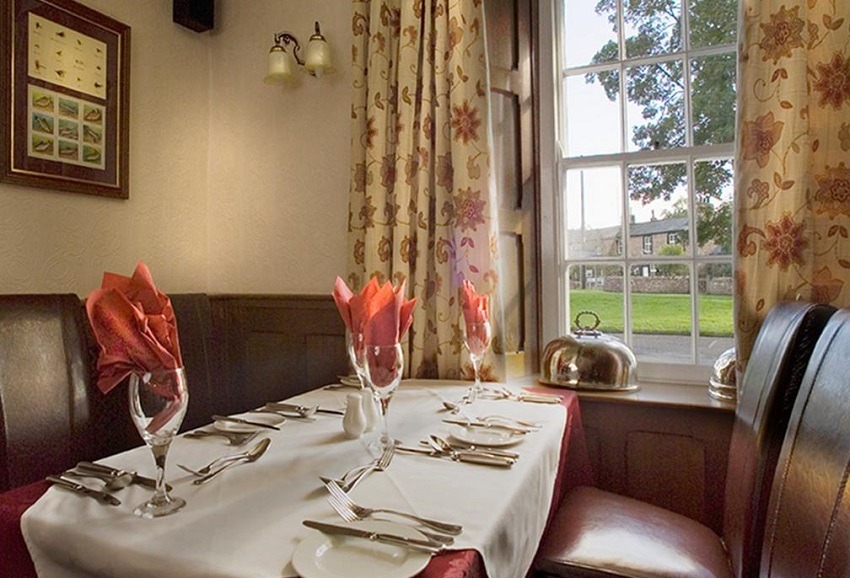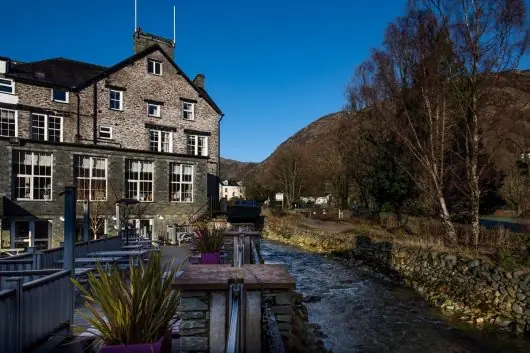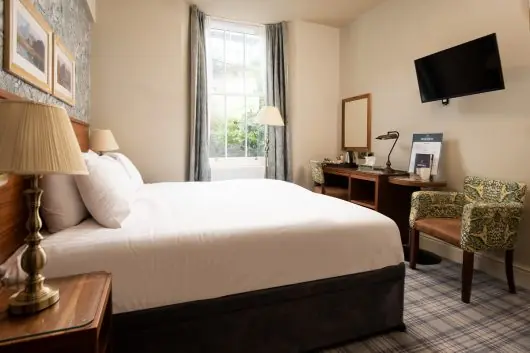-
Family Friendly Rooms
-
Dog Friendly Rooms
Known for its mountainous terrain, beautiful lakes, coastline and valleys, Cumbria is home to an abundance of wildlife and nature. It is the home of UNESCO World Heritage Site, the Lake District and Lake District National Park.
Explore the Landscape of Cumbria
Cumbria should be at the top of your destination list if you are looking to explore the great outdoors. The county is home to every peak in England that is over 3,000ft including Scafell Pike, which is the highest point in England. Cumbria has three main mountainous areas, Howgills, The Pennines and the Lake District Fells. Howgills is a small group of hills that give visitors to the region some truly magnificent views of the Lake District and Yorkshire Dales.
The Southern Fells of Howgills are situated in the North West of the Yorkshire Dales and visitors can find Cautley Spout, England’s highest waterfall that has a drop of 590ft.
The Pennines are home to three Fells; Cross-Fell, Great Dun Fell and High Cup Nick. Cross Fell is the highest point in the Pennines at 2,929ft. It is located in the Northern part the Pennines and visitors can see fantastic views of the Lake District, west coast and also the uplands of Scotland and Cheviots. However visitors should be aware that snow can lie on Cross Fell for up to 140 days a year so be prepared and wrap up warm!
Great Dun Fell is 2,782ft high and situated between Dufton and Cross Fell. Old abandoned silver mines can be found at 2,300ft on the west side of the Fell. The Fell is also home to the Civil Aviation Authority’s air traffic control radar, which can be seen for at least 40 miles making them a slight visual burden on the surrounding natural beauty of the region.
High Cup Nick is a beautiful valley shaped in the form of a ‘v’. It is situated in the West of the Pennines and can be reached along the Pennine Way on the border of Cumbria and County Durham.
Lake District
There are 16 lakes in total in the Lake District plus many more tarns (smaller than lakes) including Windermere, Coniston and Grasmere.
Windermere is the largest natural lake in England and is 10.5 miles long and 220ft deep. It has always been an important waterway throughout the ages and the Romans built their GALAVA fort at Waterhead – the northern end of the lake. There are lots of opportunities to take part in outdoor activities and Bowness-on-Windermere, is a popular destination for sailors and water-sports enthusiasts.
Coniston is the third largest of the Lake District lakes and is 5 miles long and 184ft deep. In the 13th and 14th Centuries the lake was an important source of fish for the monks of Furness Abbey. It was also used more recently to transport materials to the mines in the Coppermines Valley.
Grasmere is perhaps most famous for being described as “the loveliest spot that man hath found” by William Wordsworth. It is only a mile long but is brilliant for canoeing and boating. Visitors can hire boats out during March until early November. Wordsworth lived in Grasmere in a cottage now known as Dove Cottage. Visitors can explore the traditional Lakeland cottage and learn about what life was like at the turn of the 19th century. Before Wordsworth rented Dove Cottage in 1799, it was a pub, The Dove and Olive Bough.
The History of Cumbria
Cumbria is steeped in history and there is so much to see and do. The most famous of Cumbria’s historic areas is Hadrian’s Wall, which is a UNESCO World Heritage Site. Hadrian’s Wall is 73 miles long from coast to coast and is one of the most historic sites in England. There are over 20 places to visit along the wall including the Roman forts of Birdoswald, Ambleside, Hardknott, Ravenglass and Wigton.
There are many castles waiting to be discovered including Carlisle Castle, Appleby Castle and Muncaster Castle. Carlisle Castle is one of the most famous landmarks in Cumbria and once was an important Roman fortress before the medieval castle was built.
Appleby Castle is a 12th Century castle and manor house. It is one of the few remaining intact Norman Keeps and is a popular tourist attraction.
Muncaster Castle is the jewel in the crown of the Western Lake District and a historic haunted castle. Definitely worth a visit!
Other famous historic sites include Furness Abbey and Duddon Ironworks. The ironworks has one of the most impressive charcoal fired blast furnaces in Britain.
Museums & Galleries
Cumbria is home to some fascinating and intriguing museums and galleries. Tullie House Museum and Art Gallery takes visitors through history from the Dark Ages to the Civil War and has exhibits on the mysteries and wonders of Hadrian’s Wall.
The Gallery has a permanent collection of Roman artefacts and also showcases many pre-Raphaelite paintings and drawings. Abbot Hall Art Gallery has been classed as one Britain’s finest small art galleries. The gallery itself is housed in a stunning Grade 1 listed Georgian building. The gallery exhibits a large collection of watercolours from the second half of the 18th Century and first half of the 19th Century.
If you’re looking to learn about the geology of Cumbria, Penrith Museum is a must visit. The museum’s exhibitions offer visitors an insight into the history, geology and archaeology of the Penrith area. As well as the permanent museum collections, there is a temporary gallery showcasing exhibitions of local interests.
Family Attractions
If you are visiting the region with the family, Cumbria has plenty of attractions to keep the kids entertained. The region has plenty of nature and wildlife attractions including Lakeland Wildlife Oasis, the World Owl Trust and Coast Aquarium Another top attraction in Cumbria is The World of Beatrix Potter , which brings to life the well known and enchanting books of Beatrix Potter.
Photo by ian kelsall on Unsplash
